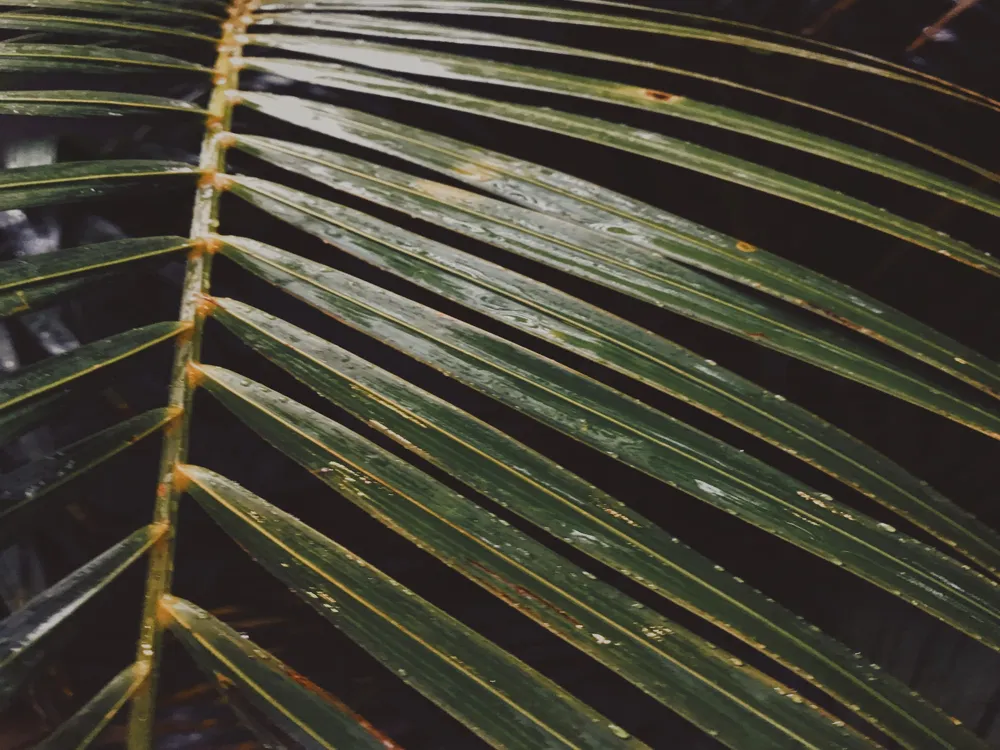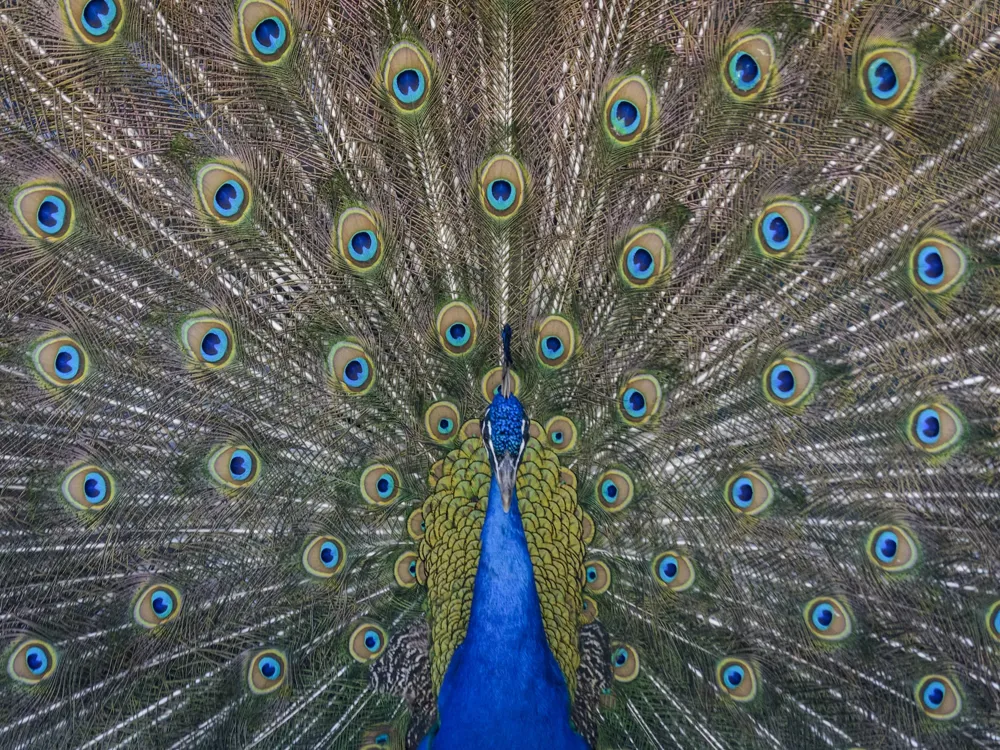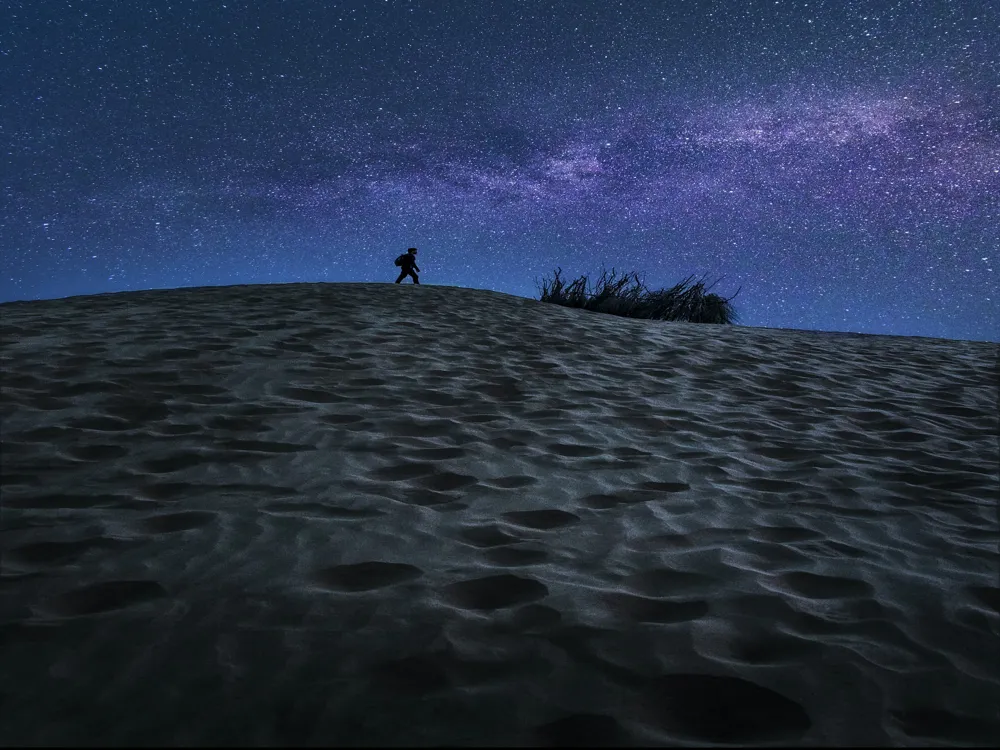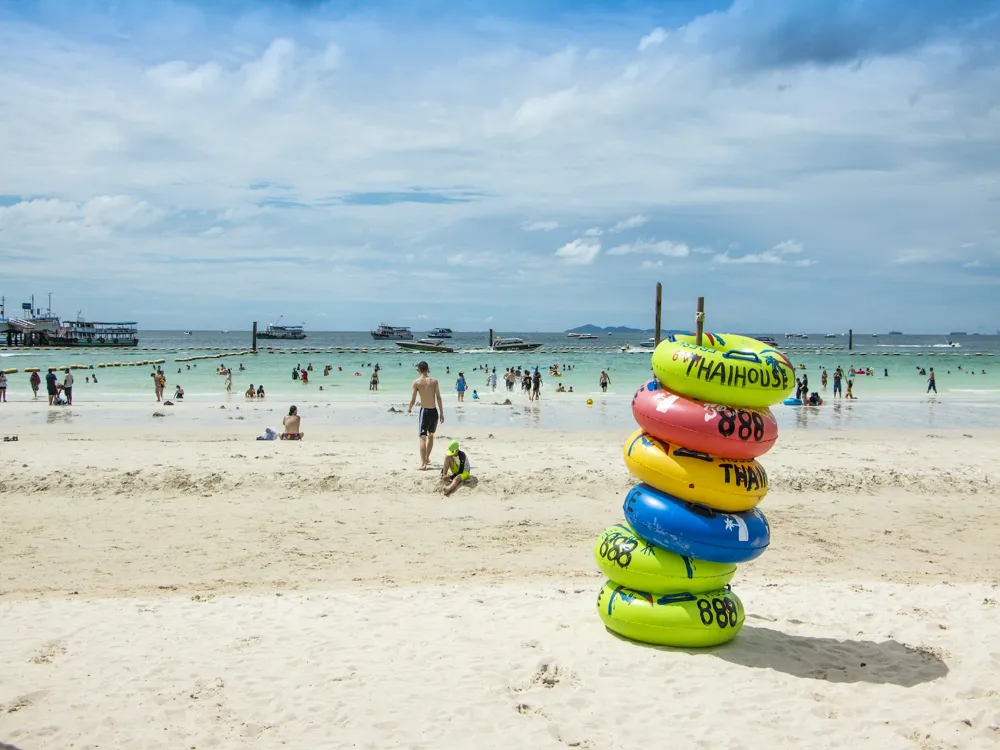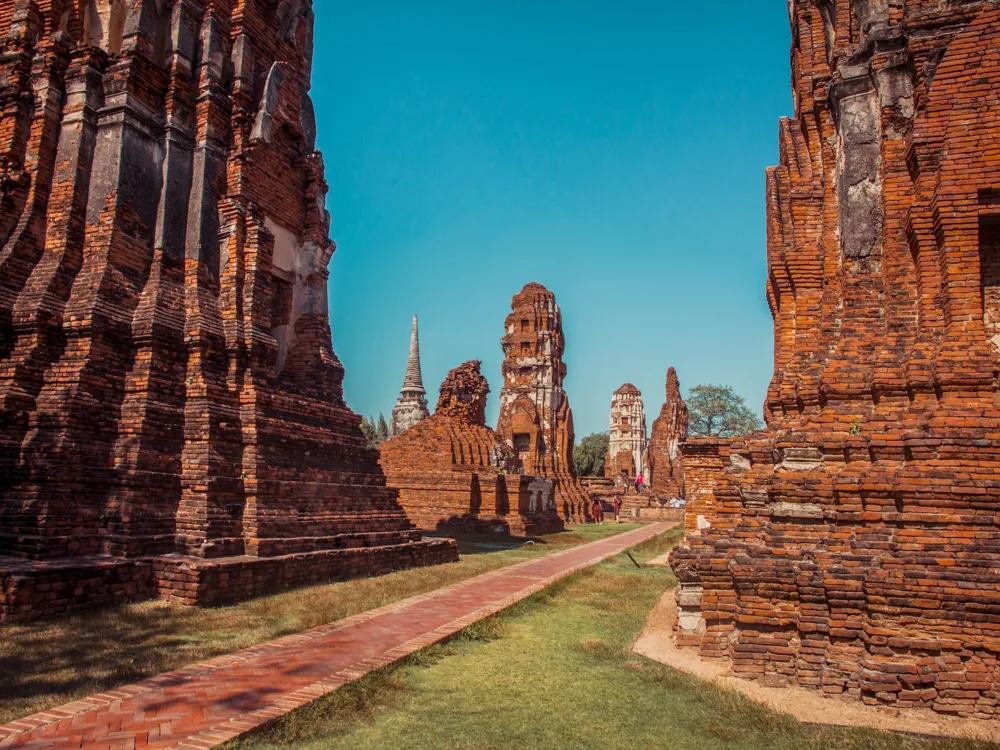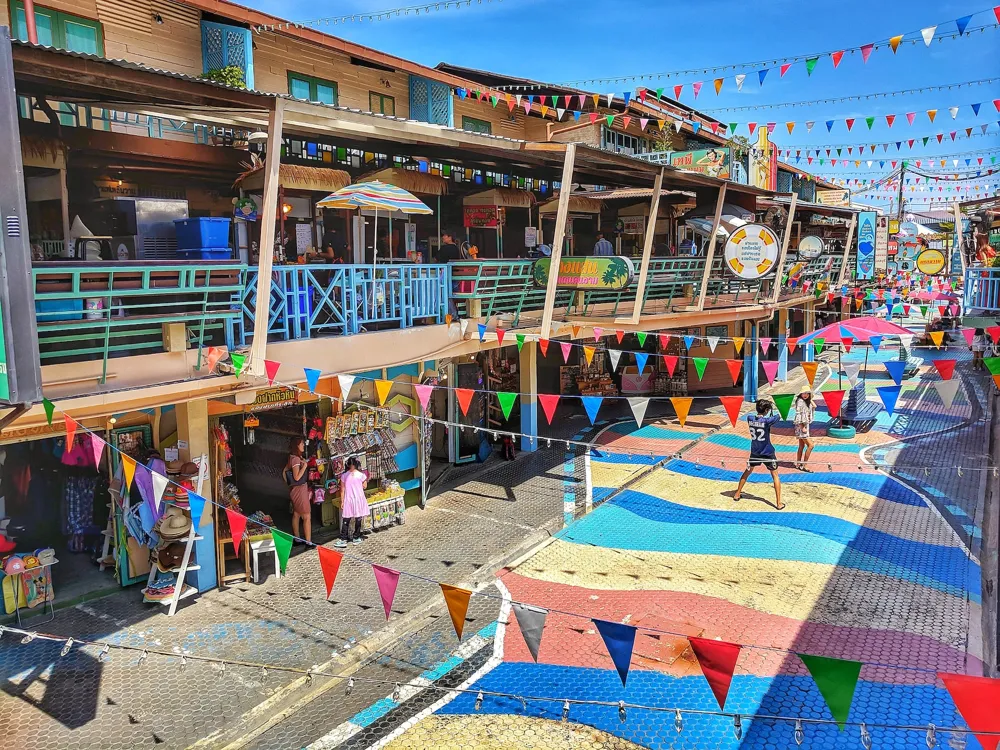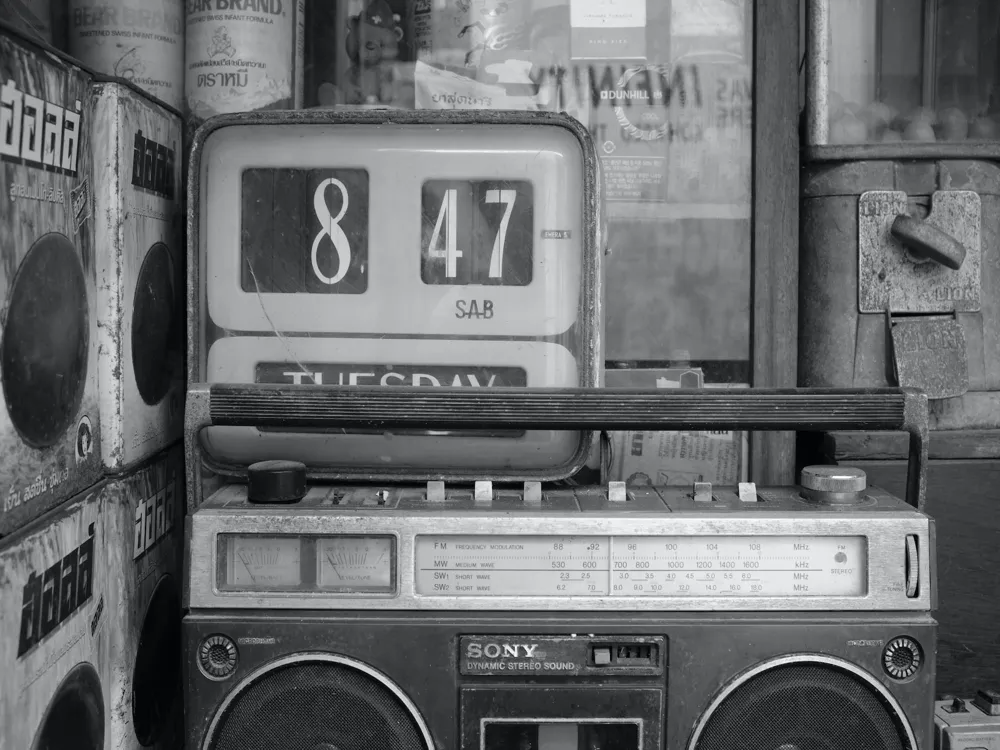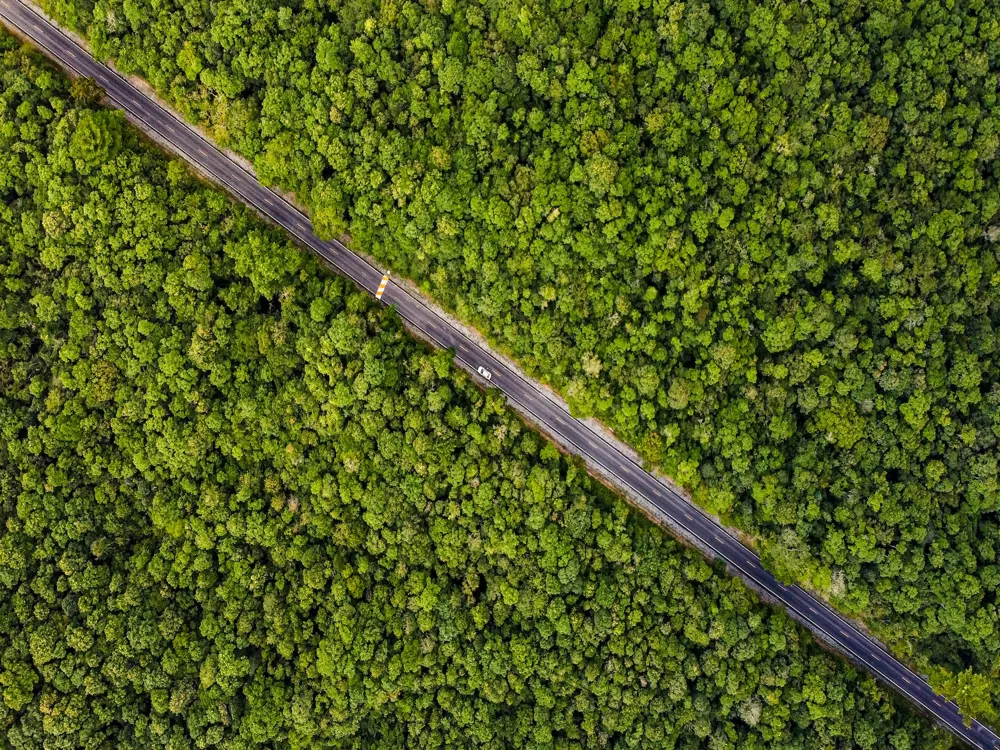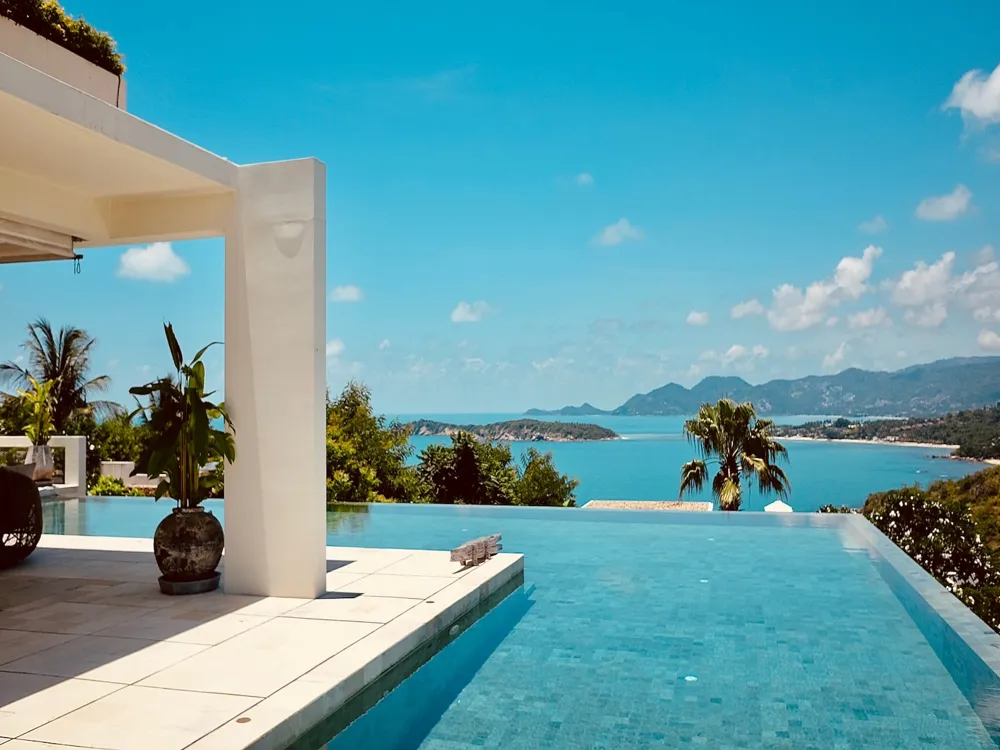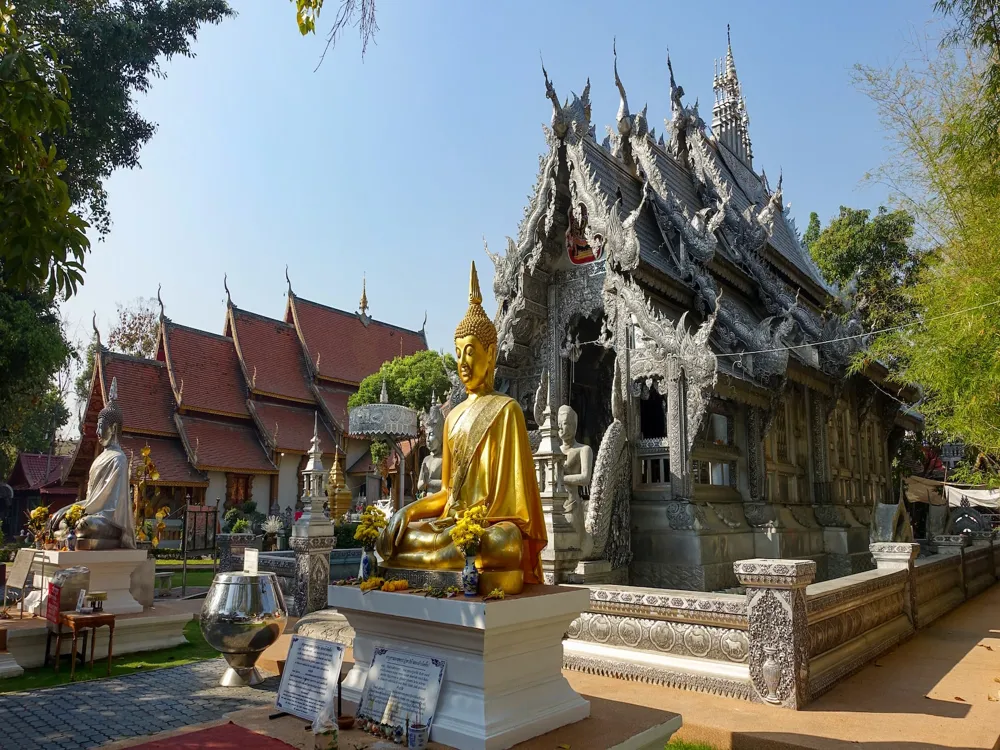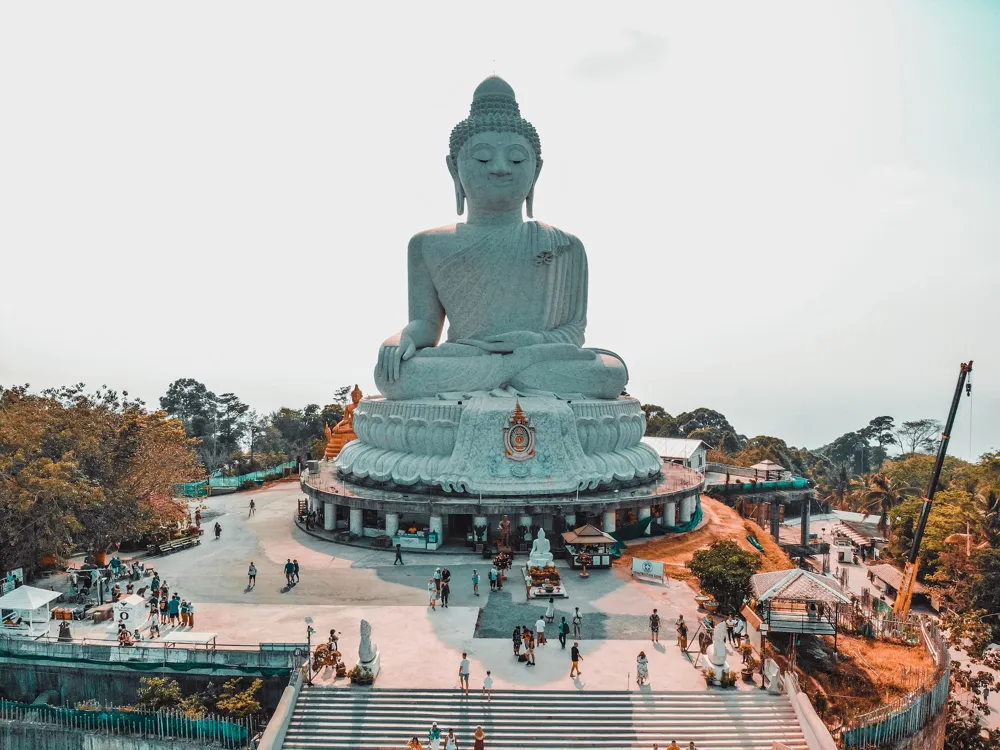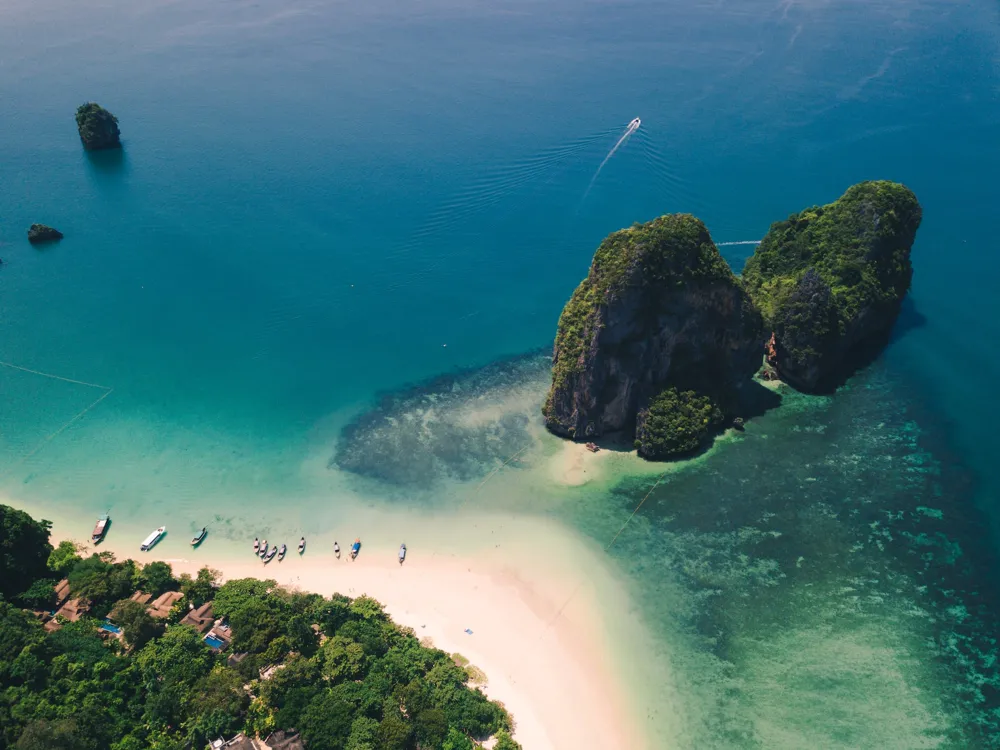Ban Vichayen, located in Lopburi, Thailand, is a historically significant site that dates back to the Ayutthaya period. It was the residence of the Greek adventurer Constantine Phaulkon, who rose to prominence in the Siamese court. Today, Ban Vichayen is renowned for its unique blend of Siamese and European architectural styles, attracting visitors who wish to delve into its rich historical and cultural heritage. The architecture of Ban Vichayen stands out for its fusion of European and Thai elements. The remains of the site include the main residence, the chapel, and several other structures. The European influence is evident in the baroque and neoclassical architectural styles, while traditional Thai motifs and designs can also be seen. This unique combination makes Ban Vichayen a fascinating example of cultural interchange in the historical Siamese kingdom. When planning a visit to Ban Vichayen, it's advisable to check the opening hours and any possible entrance fees. Being prepared for the tropical climate with appropriate attire, sunscreen, and hydration is also essential. As a historical site, it's important to respect the grounds of Ban Vichayen. Visitors should follow any posted guidelines, avoid touching or climbing on the ruins, and dispose of trash properly. Ban Vichayen is situated in an area rich with other historical sites. Visitors may want to allocate time to explore nearby attractions in Lopburi, such as the Lopburi Monkey Temple and the Lopburi Museum. Ban Vichayen is accessible from Bangkok and other parts of Thailand. Visitors can travel by car, bus, or train to Lopburi. The site is located a short distance from the Lopburi train station, making it convenient for those traveling by rail. Local transportation such as tuk-tuks and taxis are also available to reach Ban Vichayen from within Lopburi. Read More:Overview of Ban Vichayen in Lopburi
Architecture of Ban Vichayen
Tips When Visiting Ban Vichayen
Planning Your Visit
Respecting the Site
Exploring the Area
How To Reach Ban Vichayen
Ban Vichayen
Lopburi
NaN onwards
View lopburi Packages
Weather :
Tags : Culture
Timings : 8:00 am - 5:00 pm
Time Required : 30 minutes - 45 minutes
Entry Fee : The entry fee is 50 bht for foreigners and 10 bht for locals.
Planning a Trip? Ask Your Question
Lopburi Travel Packages
View All Packages For Lopburi
Top Hotel Collections for Lopburi

Private Pool

Luxury Hotels

5-Star Hotels

Pet Friendly
Top Hotels Near Lopburi
Other Top Ranking Places In Lopburi
View All Places To Visit In lopburi
View lopburi Packages
Weather :
Tags : Culture
Timings : 8:00 am - 5:00 pm
Time Required : 30 minutes - 45 minutes
Entry Fee : The entry fee is 50 bht for foreigners and 10 bht for locals.
Planning a Trip? Ask Your Question
Lopburi Travel Packages
View All Packages For Lopburi
Top Hotel Collections for Lopburi

Private Pool

Luxury Hotels

5-Star Hotels

Pet Friendly







